If you click on a link and make a purchase we may receive a small commission. Read our editorial policy.
Celebrate Batman Day 2024 with this guide to DC's essential Batman comic book reads
Looking to get into Batman comics? This guide will help you get started!

Popverse's top stories
- Frank Miller redefined Batman and Daredevil - and now he wants to do the same to you
- Chainsaw Man season 2 is where the show finally gets really weird [Popverse Jump]
- Bridgerton Seasons 1–3 recap: Everything to know before Season 4’s release
It’s Batman Day, which means that, legally, every city in the world has to transform into a crime-ridden hellscape for 24 hours in honor of Gotham City — I think that’s right, at least — while fans settle into their panic rooms to watch, read, and enjoy the Dark Knight’s adventures in the relative safety of their own homes. Well, until a supervillain attacks, of course.
As almost everyone with any pop culture knowledge already is aware, Batman is one of the most recognizable figures in the world. Since his debut in 1939, the Dark Knight has ruled comic books, cartoons, video games, movies, and every piece of merchandise you can imagine. He’s even had his own cereal! The Caped Crusader is known throughout the world in various cultures. What draws people to Batman? Is it the gadgets? Is the fact that he has no powers, but still kicks butt? Whatever the case is, people love Batman, and he’s not going anywhere anytime soon.
With 85 years worth of Batman comics to choose from, however, it’s very possible that you might feel a little overwhelmed when it comes to choosing which Caped Crusader stories to concentrate on on this special day. Don’t worry; we’ve done the work for you, with a specially selected reading list offering all the Bat-jinks you could hope for, from his first appearance all the way up to the present day! Take a look below, and find the Batman of your dreams… unless, of course, you’re a superstitious and cowardly lot.
Where to start with Batman comics

If you’re looking to start reading Batman comics and want to get a general idea of his world, these are some good stories to start with. These are ‘done-in-one’ stories told in a single issue, rather than long storylines (we cover those elsewhere). Do you want a quick read to give you a taste of Batman’s world? Try these comics…
- Batman #251 – A classic Batman vs. Joker story.
- Detective Comics #457 – Batman makes his annual pilgrimage to Crime Alley, the place where his parents were shot.
- The Batman Adventures: Mad Love #1 – Harley Quinn tries to win the Joker’s favor by killing Batman herself.
- Batman: Ego #1 – Batman looks inward, in this psychologically driven tale about the Dark Knight’s mental health.
- Batman: Gotham Knights #32 – A day in the life of Batman and his city.
- Detective Comics #826 – Robin is captured by the Joker and struggles to escape before his execution.
The essential Batman comics
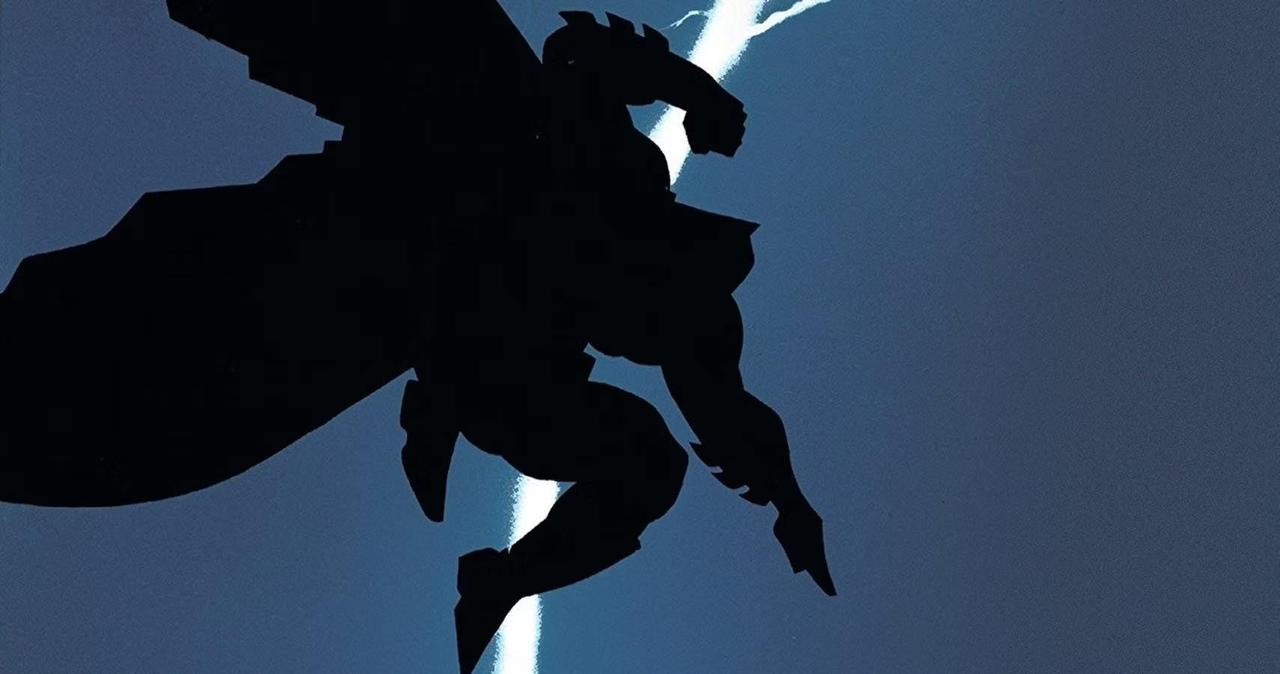
If you’re looking for Batman’s best stories, these comics are the cream of the crop. These storylines have constantly been featured at the top of numerous lists of fan favorite Batman stories. Some of these comics have gone on to inspire some of the Dark Knight’s greatest media adaptations, from Batman: The Animated Series to the Christopher Nolan films.
- The Dark Knight Returns – An aged Bruce Wayne returns to action after years of retirement. Set in an alternate future, this comic is responsible for revolutionizing the comic book industry, setting the medium in a more adult direction.
- Batman: Year One – A crime drama focusing on Batman’s first year as a superhero. The story also follows Jim Gordon and his quest to rid the Gotham City Police Department of corruption. If you love crime noir, this comic will have you hooked.
- Batman: The Killing Joke – The Joker tries to prove that one bad day can drive anyone mad. This comic is considered one of the definitive Batman vs. Joker stories.
- Batman: The Long Halloween – Set in the early days of Batman’s career. The Dark Knight tracks a serial killer who is targeting Gotham’s underworld.
- Batman: Hush – A mysterious mastermind manipulates the Dark Knight. This storyline features almost every important character in the Batman mythos. It’s a great introduction for new readers.
- Batman: The Court of Owls – Batman learns that an ancient society has been controlling Gotham for centuries. This storyline is a great psychological thriller that pushes Batman to the limit.
The Batman origin stories
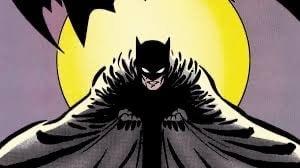
As a child, Bruce Wayne witnessed the murder of his parents. The traumatic event inspired him to wage his own personal war on crime. For years he trained his mind and his body, until he had the skills necessary to become Gotham’s Dark Knight.
That’s the short version of Batman’s origin, which has been part of the mythos since 1939. Over the years it’s taken many forms and been retold by various creators. If you’re looking to explore Batman’s origin further, here are a few comics to check out.
- Detective Comics #33 – The original version of the origin, which has served as the basis for every retelling. In just two-pages, we get everything we need to know about Batman’s heroic beginnings.
- The Untold Legend of the Batman – A three-issue mini-series that more or less serves as a crash course on Batman. If you wanted to introduce a new reader to Batman, his allies, and his villains, this mini-series does it in just three issues. Published in 1980, so some of the characters and concepts are outdated, but it’s still a great resource.
- Batman: Year One – Frank Miller’s reimagining of Batman’s early days. This is considered the gold standard for Batman’s origin stories, and heavily inspired Christopher Nolan’s Dark Knight trilogy.
- Batman: Zero Year – A 21st century retelling of Batman’s origin. Elements of this storyline were adapted for the 2022 Matt Reeves’ film The Batman.
- Batman: The Knight – A limited series chronicling how Bruce Wayne trained to become Batman.
The key moments in Batman continuity
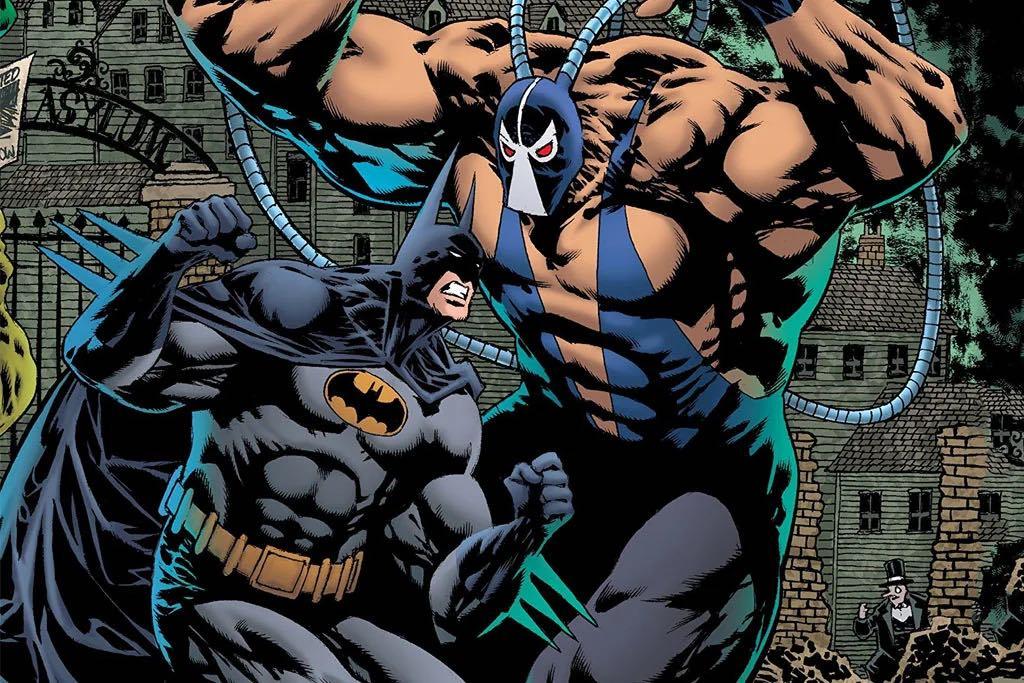
If you want to read Batman comics in order from the beginning, keep in mind how big of a task that is. Batman has been regularly published for 85 years, and he usually appears in multiple comics a month. It’s not as simple as binging a television show on a streaming service.
Don’t get overwhelmed, because comic book storytelling is different. You don’t have to read every single Batman comic to understand the Caped Crusader’s ongoing story. DC Comics publishes each issue with the understanding that nobody has read every book.
But what if you want a crash course on the Dark Knight’s career, and you don’t have 85 years to spare? This is a list that will get you started. This reading list won’t cover Batman’s entire history, but it will give you the major turning points and status quo changes in his life. If you follow this list, you will walk away with a good sense of Batman’s history.
- Batman: Year One – A flashback storyline chronicling the beginning of Batman’s career.
- Detective Comics #38 – Dick Grayson becomes Batman’s sidekick Robin.
- Batman #1 (1940) - Batman has his first confrontations with Joker and Catwoman.
- Batgirl: Year One – Barbara Gordon, daughter of police commissioner Jim Gordon, becomes Batgirl.
- Batman #408 – Dick Grayson ends his career as Robin. Batman meets Jason Todd, an orphan who would become the next Robin.
- Batman: Death in the Family – Jason Todd is killed by the Joker.
- Batman: A Lonely Place of Dying – Tim Drake becomes the new Robin.
- Knightfall/Knightquest/Knightsend – Batman’s back is broken by a villain named Bane. He temporarily hangs up the cowl, giving the mantle to John Paul Valley. After healing, Bruce reclaims the Batman mantle .
- No Man’s Land – After an earthquake ravages Gotham, the city is cut off from the United States government, becoming a post-apocalytpic wasteland.
- Batman: Under the Hood – The Dark Knight learns that Jason Todd is still alive, operating as the anti-hero Red Hood.
- Batman and Son – Batman learns that he’s the father of a young boy named Damian. The boy had been raised (and trained) by Batman’s ex, Talia Al Ghul.
- Batman #50 (2018) – Batman and Catwoman almost get married, but Selina Kyle doesn’t show up to the wedding.
- Batman: City of Bane – The villainous Bane takes over the city. Batman’s longtime butler Alfred Pennyworth is killed during the struggle.
- Batman: The Joker War – Bruce Wayne loses his fortune.
How many Batman comics are there total?

It depends on how you count them. If you’re counting titles where Batman is the headline character, then it’s a lot. If you’re counting any title where Batman makes an appearance, even if it’s just a guest role, then that number becomes much larger.
As an example, the Dark Knight’s two longest running titles are Detective Comics and Batman. Batman made his first appearance in Detective Comics #27, published in 1939. His solo title Batman launched in 1940. As of September 2024, Detective Comics is currently on issue 1,089. Even if we were to subtract the 26 issues before Batman’s introduction, there have been annuals and other special issues. Batman is currently on issue 152, but if you factor in the various re-numberings then it’s actually issue 917. And once again, that’s without the various specials and annuals. (Hey, DC: you’re getting close to Batman #1000!)
Putting those together, that’s 2006 comics, and that’s just the two main titles. Once you add in the various other comics Batman has appeared in over the years, that number skyrockets. As of this writing, the comic cataloging website Comic Vine estimates that Batman has appeared in more than 23,500 comics. Keep in mind, some of those could be reprints, but even if we knocked a few hundred off, that’s still an impressive number.
Don’t worry, nobody is expecting you to read them all. Unlike television dramas, comics don’t require you to be familiar with every adventure from the beginning. If you’re looking to find Batman comics to give you a good grasp of his history and his world, refer to the list we gave in the previous sections of this guide.
Where can I find Batman comics for free?
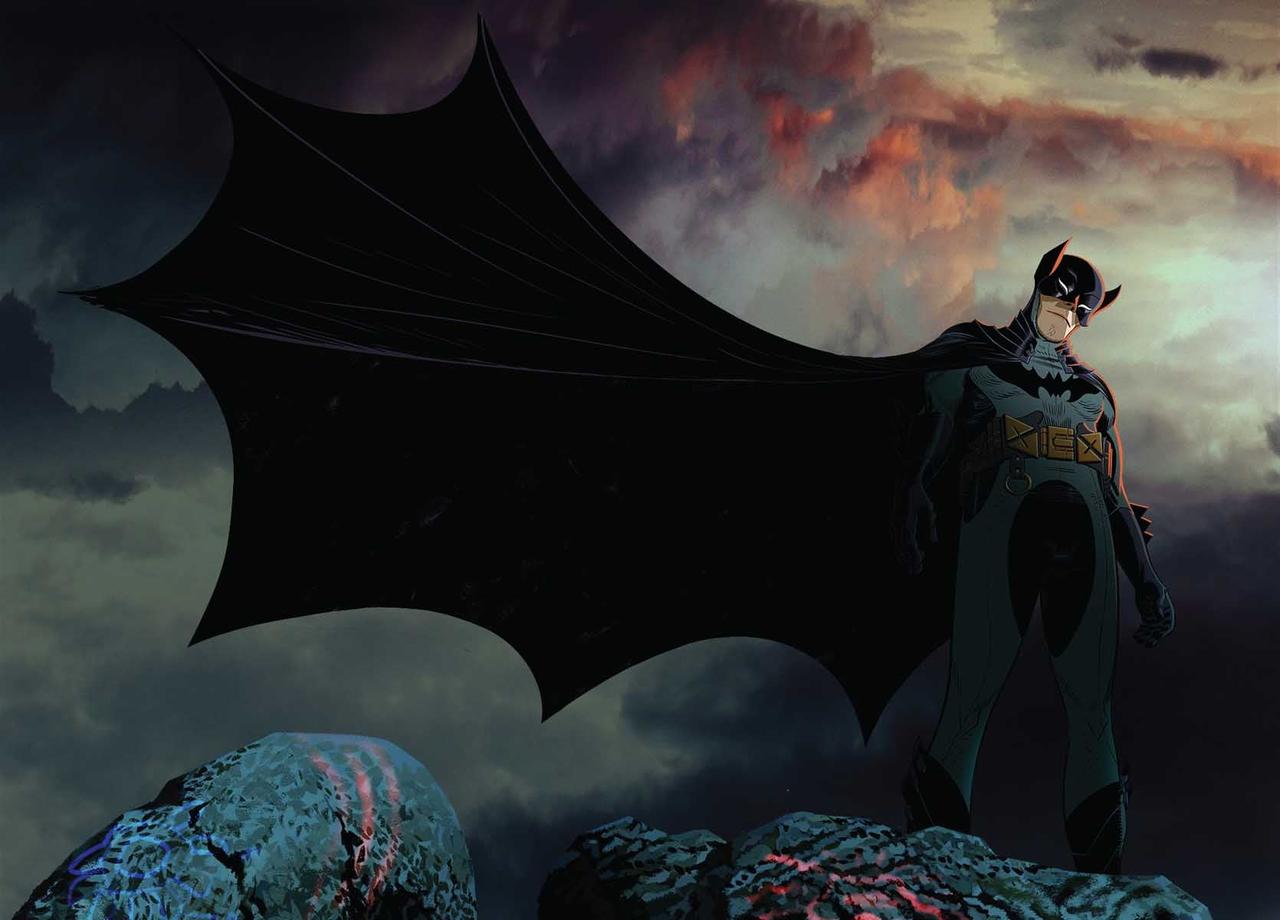
If you want to get into Batman comics, but your finances are tight, then don’t worry – there are plenty of ways to read Batman comics for free. Check out your local library to see if they have their own comic book section.
Amazon’s digital comics store occasionally has some free digital comics available. Just search ‘Batman free,’ and quite a few issues come up. You can also subscribe to Comixology Unlimited, which will give you access to tons of other Batman comics. Comixology Unlimited won’t give you access to Amazon’s complete comics library, but their curated collection of comics is huge, and does contain plenty of Batman titles.
DC Universe Infinite (DC’s digital comics service) will have free digital issues of Batman available from time to time. If you’re willing to spend a little bit of money, I would go ahead and subscribe to the service. It’s like Netflix, but for DC Comics. For $7.99 a month, you get access to eight decades of Batman’s adventures (plus other DC stories). DC Universe Infinite doesn’t have EVERY Batman comic available, but it has all the major storylines, and most of what came in between.
Do they still make Batman comics?

Batman comics are still being made. In fact, multiple Batman comics are published every week. DC Comics has been continually producing Batman comics since the character’s debut in 1939. The Dark Knight is a huge part of DC’s publishing line, with some estimating that Batman appears in roughly 1/3 of their monthly titles. As an example, in September DC published Batman, Detective Comics, Batman and Robin, Batman: The Long Halloween - The Last Halloween, Batman: Dark Age, Batman: The Brave and the Bold, Batman/Superman: World’s Finest, From the DC Vault: Death in the Family - Robin Lives!, Batman ’89: Echoes, Batman: Gotham by Gaslight - The Kryptonian Age, Batman and Robin and Howard: Summer Break Down, and The Batman & Scooby-Doo Mysteries.
And that’s leaving out the various Batman-adjacent titles featuring the Dark Knight’s allies and enemies, such as Nightwing and Harley Quinn. Keep in mind, not all of these titles take place in the same universe. For example, Batman: Dark Age and Batman & Scooby-Doo Mysteries take place in their own continuities. They have no relationship to Batman’s adventures in titles like Detective Comics.
The point is, if you’re hungry for new Batman adventures, DC Comics is always serving something up. Or, really, multiple somethings.
Who first created Batman?
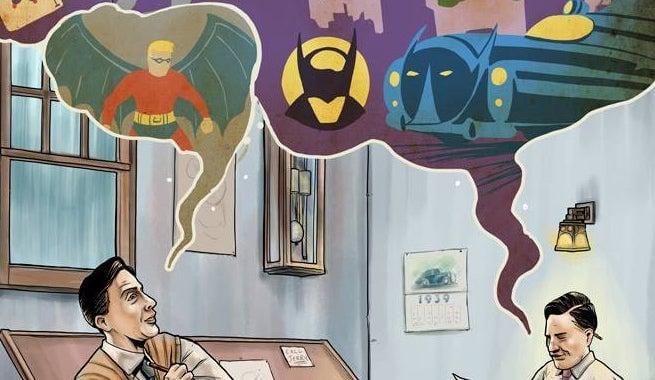
Batman was created by Bob Kane and Bill Finger. After the success of Superman, artist Bob Kane wanted to create his own superhero. Kane drew a man in red tights, a domino mask, and Leonardo da Vinci-inspired wings. Finger built on the concept, suggesting that Batman should have a cowl and a cape. Finger also came up with the name Bruce Wayne, and many other defining aspects of the Batman mythos.
For a time, Kane claimed sole creatorship of Batman, downplaying Finger’s contributions. Kane also engineered things so that every Batman comic would give him creator credit. Decades after Kane and Finger’s deaths, Finger’s descendants made a deal with DC to change the creator credit to ‘Batman created by Bob Kane with Bill Finger.’ For more on the creation of Batman, and the quest to give Bill Finger credit, check out the 2017 documentary Batman & Bill.
What was Batman’s real name?
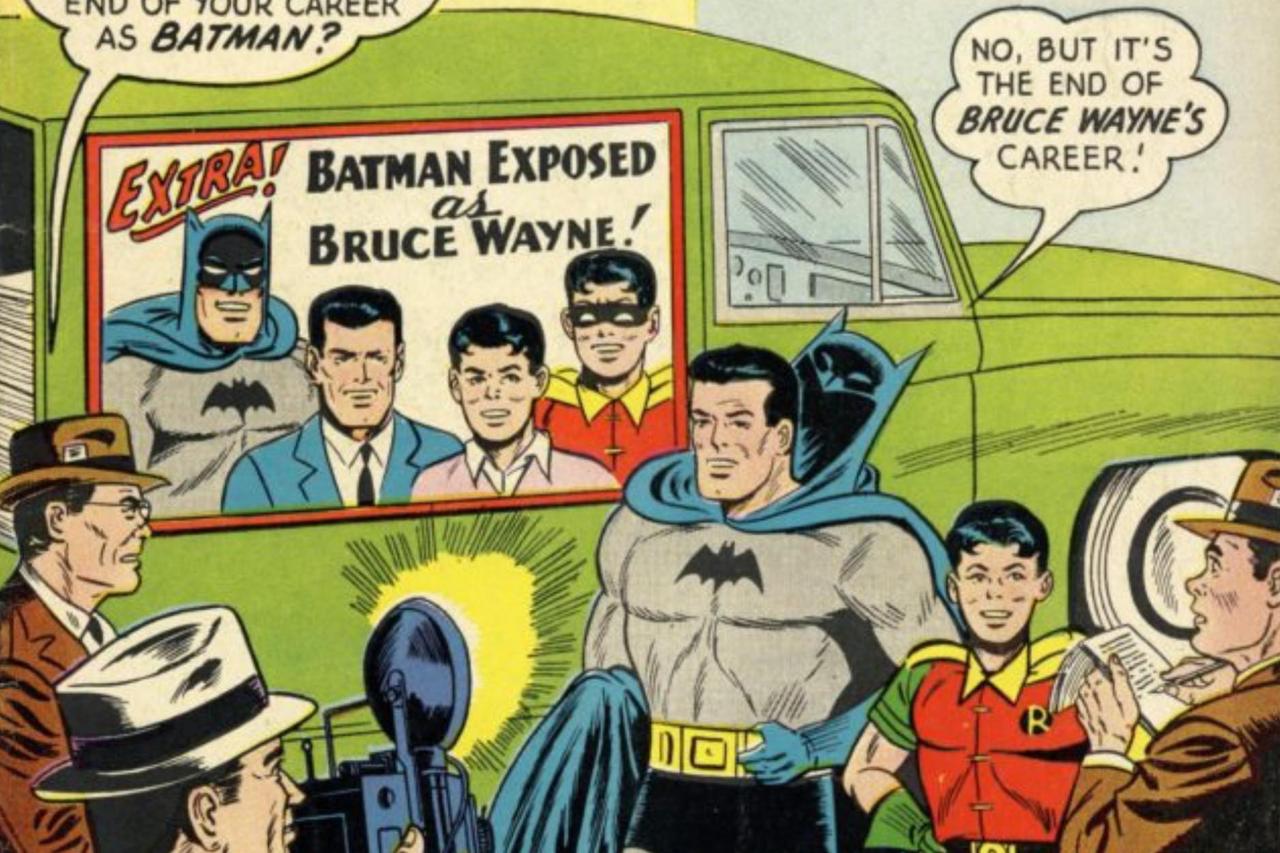
In most versions of the Batman story, his real name is Bruce Wayne. In his other identity, the Dark Knight is a billionaire philanthropist. He runs his own company, known as Wayne Enterprises, which deals in technology, and charitable causes. In other words, the company does whatever the story needs it to do. Bruce Wayne lives in Wayne Manor, an estate that he inherited from his parents, Thomas and Martha Wayne.
As a young boy, Bruce witnessed the murder of his parents in a mugging. The traumatic event inspired him to become Batman, so no child would ever have to experience what he did.
While Bruce Wayne is the most well-known Batman, other men have taken up the identity over the years. In various stories across continuity, Dick Grayson, Terry McGinnis, Jean Paul Valley, and Jim Gordon have all become Batman. However, when you see Batman in a comic book, movie, or television project, it’s usually Bruce Wayne.
Why did Bruce call himself Batman?
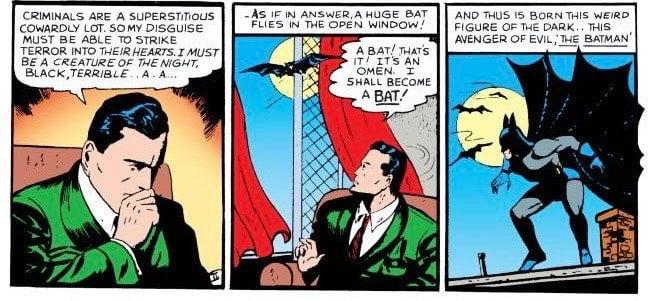
According to Detective Comics #33, Bruce chose the name Batman because he wanted to strike fear into the hearts of criminals. As he contemplated the perfect symbol, a bat flew into an open window. Bruce took it as an omen and decided to model himself as a bat.
Detective Comics #235 offered an alternative reason. As a young boy, Bruce’s father Thomas Wayne dressed up as a bat for a Halloween party. Thomas Wayne called himself ‘Bat-Man,’ and young Bruce found himself fascinated by the persona. According to Bruce, he partially developed the Batman identity based on that memory. “When that bat flew into my room, it must have prodded my subconscious memory of my father’s costume! Now I realize I adopted a Batman costume because I remembered my father wearing one,” Bruce said.
What is Batman’s weakness?
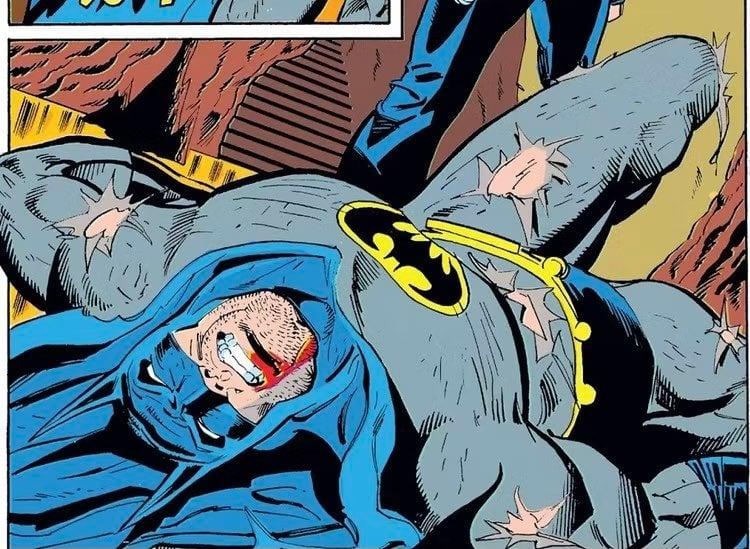
Because Batman doesn’t have any superpowers, he has all the limits and weaknesses of a mortal man. This means that he’s extremely vulnerable to any superpowered enemy. The Dark Knight makes up for this weakness by relying on his quick mind, and years of martial arts training. However, like any other adult male, Batman’s bones can be broken, and he is vulnerable to most weapons. Some versions of his costume provide extra protection from guns or augment his strength.
Despite his human limitations, Batman is one of the most respected heroes in the DC Universe. He doesn’t have the strength of his contemporaries like Superman or Wonder Woman, but he has still managed to save their lives on numerous occasions. The Caped Crusader has proven that you don’t need superpowers to be a great hero, just training and dedication. (A family fortune doesn’t hurt either)
What is Batman’s IQ?
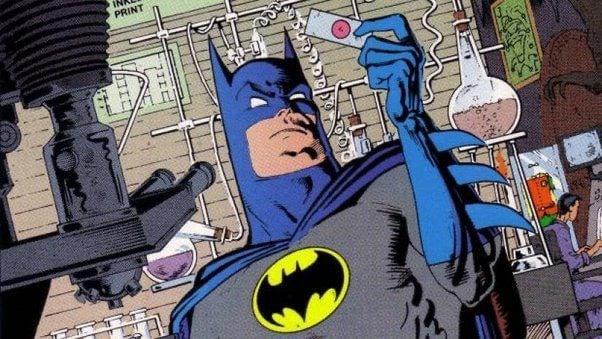
Batman’s IQ isn’t currently known. Various websites list his IQ as 192, but this is not backed up by any specific comic book or media adaptation. It is possible that people are confusing Batman with Ted Kord, who was stated to have a 192 IQ in Countdown to Infinite Crisis #1. According to Hourman #11, the Batman of the year 85,300 has an IQ of 1045.
While we don’t know Bruce Wayne’s IQ score, it’s clear that he’s one of the smartest individuals in the DC Universe. During the maxi-series Doomsday Clock, the villain Ozymandias states that Bruce Wayne and Lex Luthor are the two smartest men on Earth. Whatever Batman’s IQ score is, it’s probably high.
Why is Batman obsessed with bats?
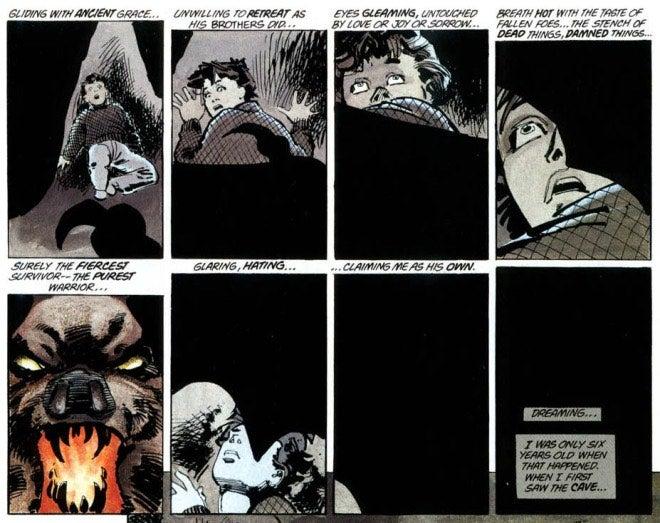
Bruce Wayne chose bats as his motif because he wanted to strike fear into the hearts of outlaws. Believing that criminals were a superstitious and cowardly lot, Bruce wanted to model himself after a creature of the night. As detailed in Detective Comics #33, Bruce was searching for an answer, when a bat flew into an open window. “A bat! That’s it! It’s an omen. I shall become a bat,” Bruce exclaimed. This scene, originally published in 1939, has received numerous updates over the years, including the graphic novel Batman: Year One, where the bat crashed through the window, shattering the glass.
Writer and artist Frank Miller expanded on Bruce’s bat fixation in The Dark Knight Returns, linking it to a childhood trauma. As seen in the graphic novel, during his childhood Bruce fell through a hole, landing in a dark cave. The young boy quickly found himself surrounded by bats, filling his heart with fear. The incident stayed with Bruce, teaching him a valuable lesson about the power of fear.
He is vengeance, he is the night, he is... one of Popverse's favorite subjects. Learn how to do a Dark Knight movie marathon right with our Batman movie guide, and for the true World's Greatest Detectives out there, dive deep into the heart of Gotham City by getting to know Batman with Popverse. Here are some of our latest Batman stories:
- Batman and his prank war side from Superman's Pal Jimmy Olsen days will pop out some in Matt Fraction and Jorge Jiménez's upcoming DC relaunch
- How The Wire, prank wars, and superhero-forward comics inspired DC's upcoming Batman relaunch according to writer Matt Fraction
- DC's Batman teams up with Inception storyboard artist Gabriel Hardman for R-rated "open class warfare" story pitting the Dark Knight vs. Green Arrow and the Question
Follow Popverse for upcoming event coverage and news
Find out how we conduct our review by reading our review policy
Let Popverse be your tour guide through the wilderness of pop culture
Sign in and let us help you find your new favorite thing.




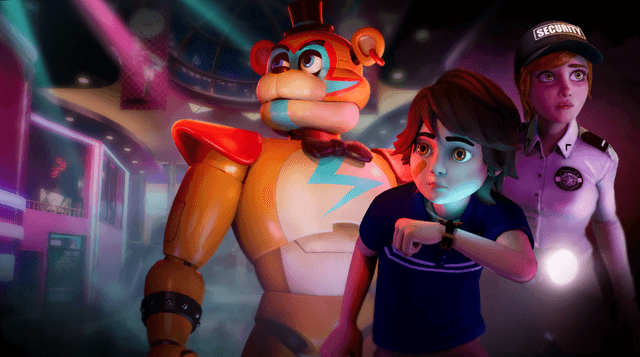
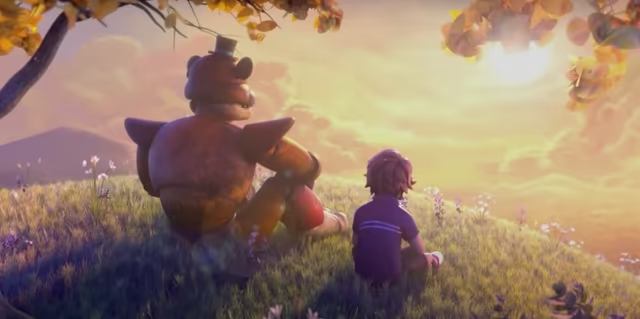
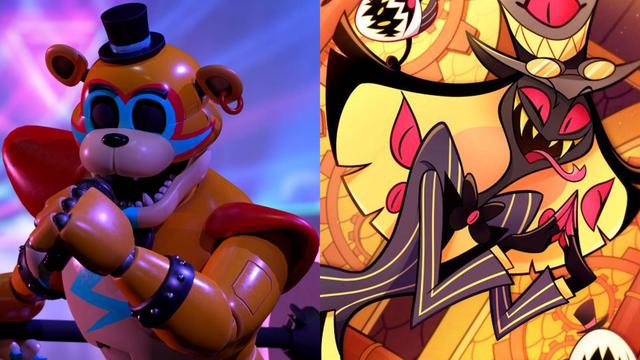

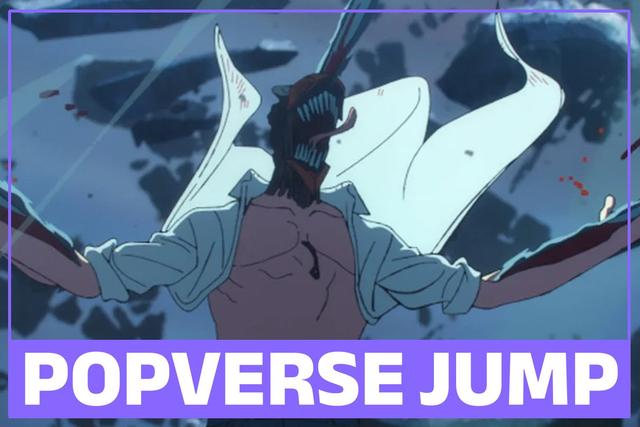
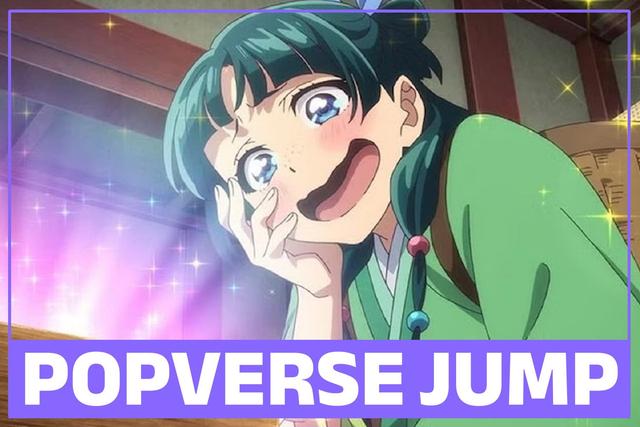






Comments
Want to join the discussion? Please activate your account first.
Visit Reedpop ID if you need to resend the confirmation email.